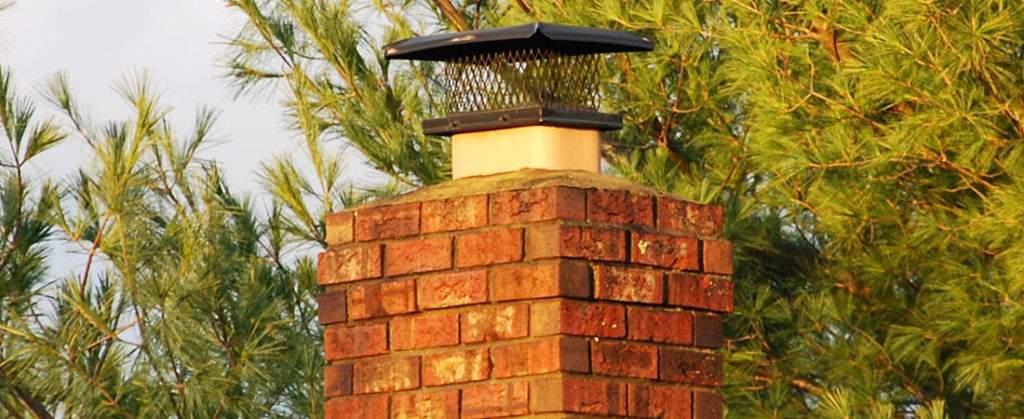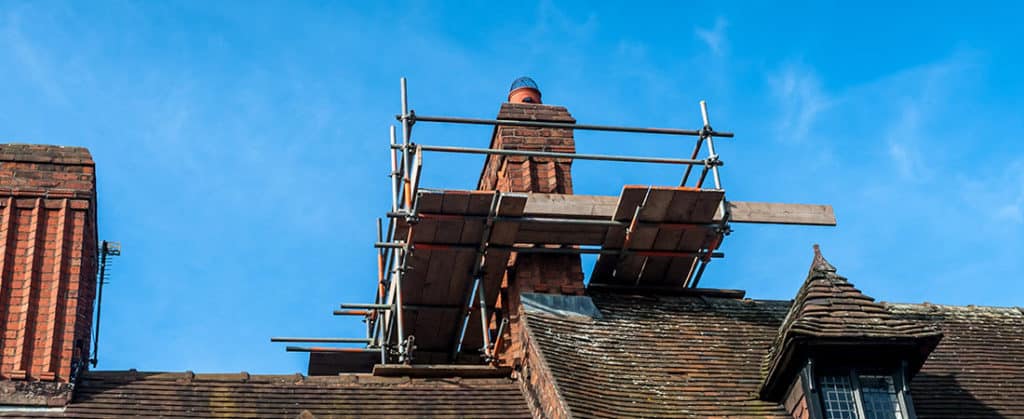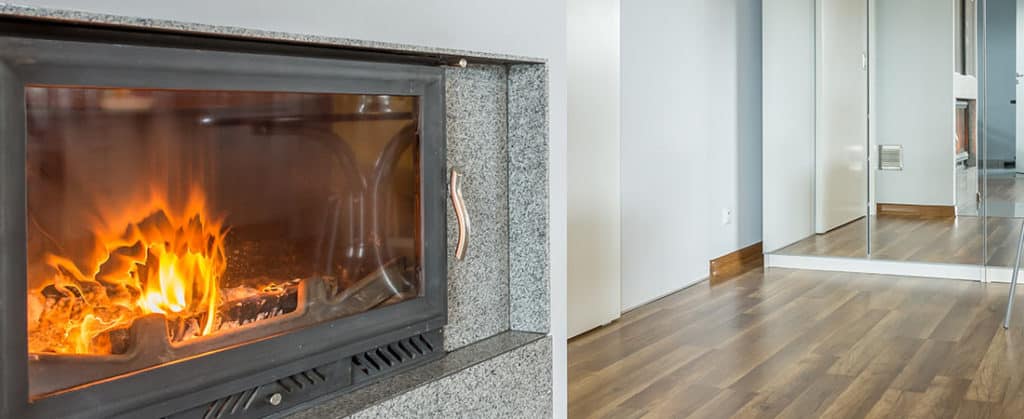The efflorescence is the white material that you see on a chimney that is in the form of a powdery mass. Your chimney will have efflorescence when the moisture picks up the minerals, then carries them to the masonry surface, and then leaves them behind as tiny crystals on the surface while the moisture evaporates. These minerals do not cause harm, and all you have to do is brush them away.
It is common to have a small amount of efflorescence, but if it becomes excessive, you should contact the chimney cleaning services so they can take care of it. The rainfall that soaks the brick can cause efflorescence. Read on to know more.
Power Wash it
Yes, you can power wash it. However, when you spray the efflorescent deposits using a power washer, you are not really removing the white stains effectively from the bricks. If you try washing the efflorescence off using a light-powered hose, you should be careful about using a high-pressure spray, which causes more damage to the surface.
Using a power washer on the roof is not the best way to go. It can fall and should only be handled by professionals with the right safety gear.
Brushing
By using a strong brush, you can easily remove efflorescence. In order to clean the efflorescence brick, it is important to do this in dry and warm weather. During this time, moisture can bring more salts to the brick’s surface, and you can use a dry brush to remove the salts.
Using clear water repellents, acrylic coatings and silicone can also help you get rid of efflorescence. The coating absorbs water on a masonry surface and it prevents efflorescence from happening again. In addition, the warm water and white vinegar combination have been known to take out efflorescence.
Use Abrasives
You can try rubbing the salt off by using an abrasive material or a rotary tool, or a sandblaster. All of this could be effective, but it can damage the surface.
Protecting brickwork of your chimney is important. Any damages that are done during the cleaning process cause another problem that did not exist in the past.
If you do this successfully, the porous surface should be sealed properly to prevent any future damage from happening. Scrubbing, scraping, or sanding off all the white salt deposits is not going to stop water from going inside the mortar joins. So, your problem will just get worst.
Rinse the Surface Again
You should rinse the surface of the building with water once again. After that, use a dry and fresh cloth to clean the surface again. Make sure the surface is dry in order to minimize the efflorescence.
Apply coatings about 1/8 to ¼ inches below the building’s surface. This will prevent water evaporation and passing through the treated area like soluble salts and vapor.
Chemical Products
Chemical treatments like muriatic acid, but the downsides can be severe, and you need to be cautious when it comes to using it for a couple of reasons:
- Muriatic acid contains a lot of toxic chemicals
- The acid causes any metal in the area to start rusting
- The effectiveness is less than 100%
Causes:
- Presence of water-soluble salts inside the wall
- There is enough water in the wall to render a soluble solution
- A path for the soluble salts to penetrate through the surface where the moisture will evaporate, which leaves efflorescence on the surface
If you prevent any of these things, you can stop efflorescence in its tracks. You can also hire chimney sweep Columbia MD to clean it for you.



